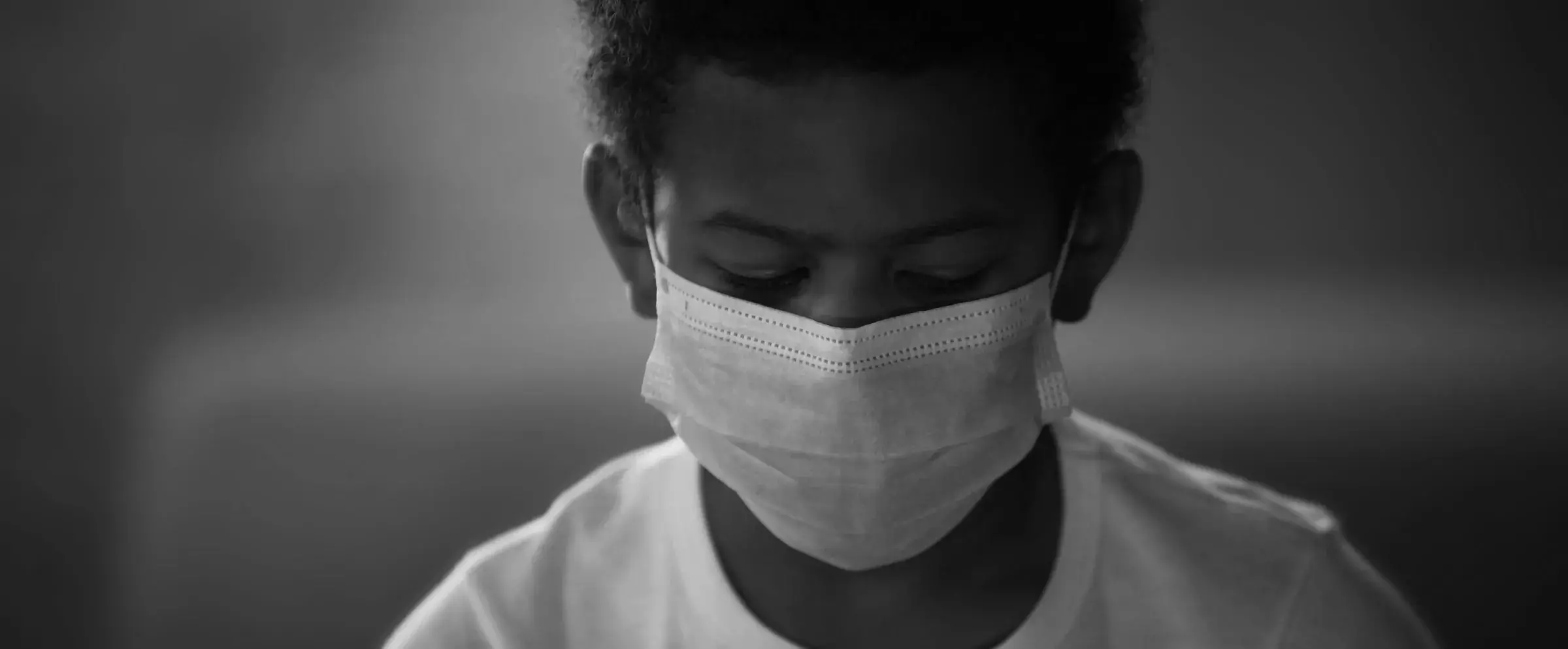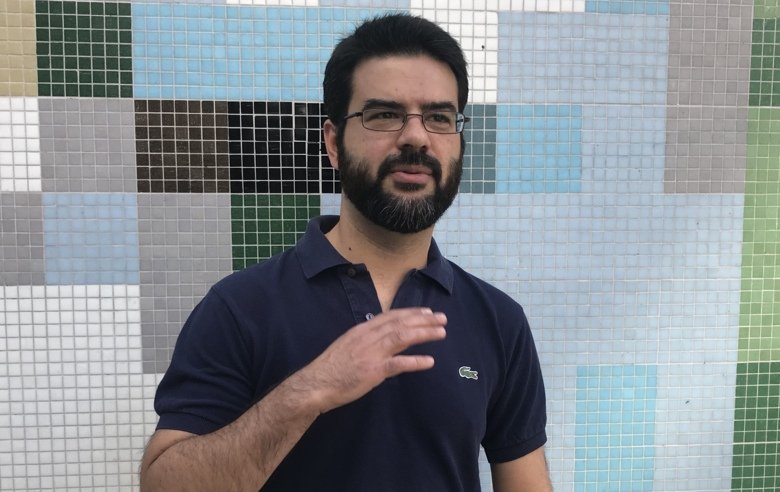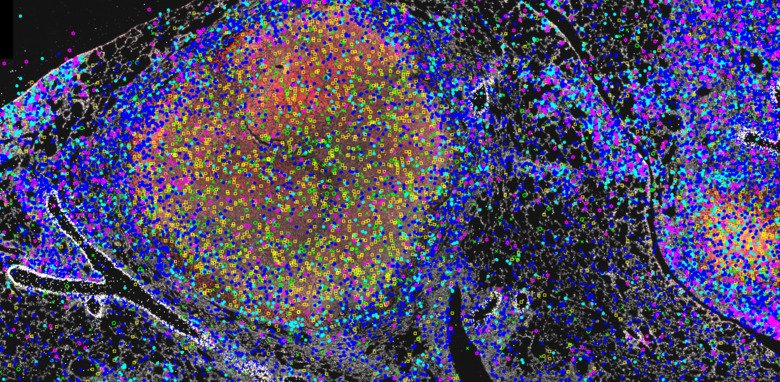
Spotlight on tuberculosis
The tuberculosis bacteria has over the past decade sailed up as the pathogen which kills most people in the world. In many countries there is a stigma surrounding tuberculosis (TB), making people suffering from the disease to loose their jobs and income. Serious problems are also the increased resistance to antibiotics and a throwback in vaccine research.

The world’s number one infectious disease
The UN and WHO want to end tuberculosis infection worldwide by 2030. Researchers at Karolinska Institutet participate with knowledge, engagement and hard work.
 Photo: Joel Nilsson
Photo: Joel NilssonA long way back after TB diagnosis
Jennie Hasselquist was diagnosed with multiresistant tuberculosis in 2014. During treatment, she was isolated at the hospital for four months.
 Photo: Rebecka Uhlin
Photo: Rebecka UhlinThought the TB was cancer
Airi Inkeri received the TB infection as a child in Finland. The disease broke out 70 years later, after a long career in the healthcare sector.
 Photo: Privat
Photo: PrivatDetector limits spread of TB
KI researcher Antonio Rothfuchs has created a device for capturing airborne tuberculosis bacteria.
 Photo: Getty Images
Photo: Getty ImagesTuberculosis programs should focus more on young people, researchers say
Young people are at risk of falling seriously unwell with tuberculosis and spreading the disease. Therefore, researchers at Karolinska Institutet, among others, have mapped key factors that affect the treatment outcomes in 10- to 24-year-olds with tuberculosis in Brazil, where the disease is increasing.
 Photo: Getty Images
Photo: Getty ImagesNew findings on barriers and support in global fight against tuberculosis
Nine out of ten cases of tuberculosis appear in 30 identified low and middle-income countries, each of which has a national tuberculosis programme. The managers of these programmes agree that it is important to screen for tuberculosis outside of health facilities.
 Photo: Berit Carrow
Photo: Berit CarrowDetailed map of lung immune response in TB
This image shows a tuberculosis (TB) infection in a mouse lung, in which immune cells form a granuloma around the bacteria. The different symbols represent working copies of active genes, called messenger RNA, which are different in the granuloma centre in comparison to the surrounding cells.
 Photo: Getty images
Photo: Getty imagesAntibiotic resistance – the silent pandemic
Antibiotic resistance is sometimes referred to as the silent pandemic – a contagion that spreads without us really knowing its extent or severity. But research is in progress to find new ways of fighting bacteria. And as with COVID-19, everyone can help to reduce the spread – and save lives.
